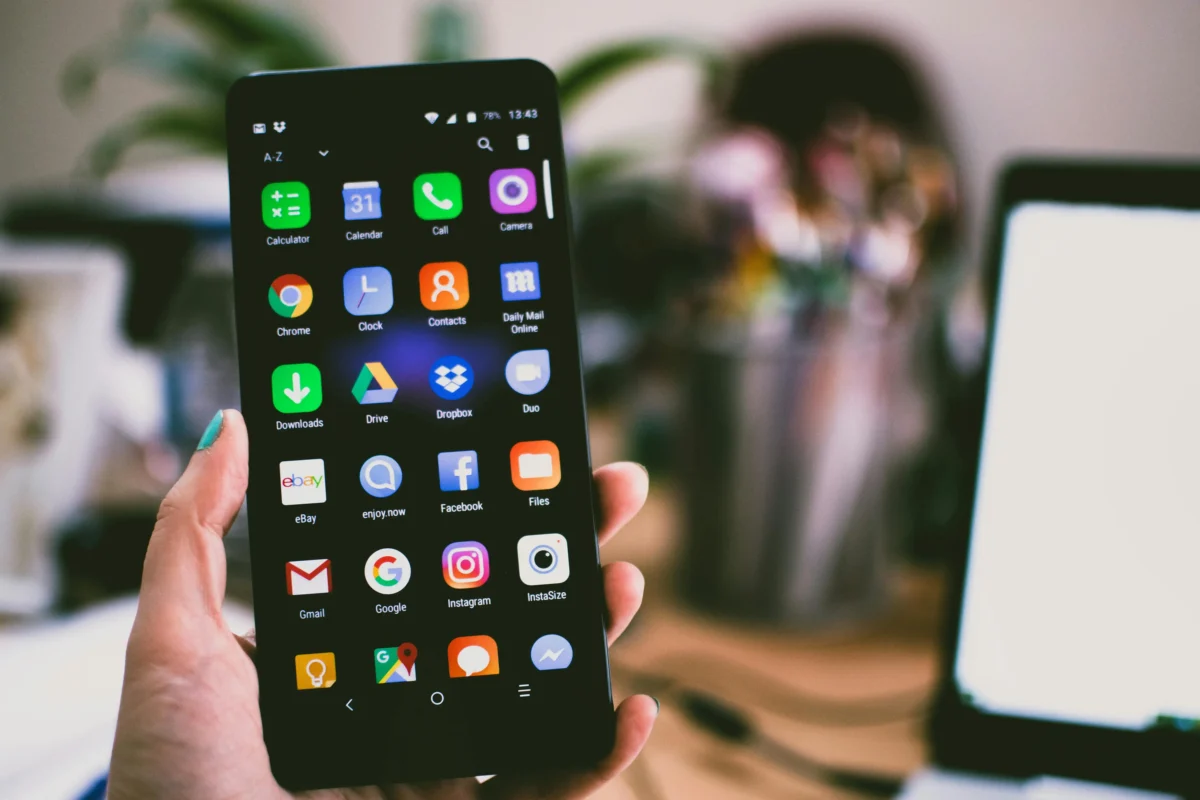📲 How to Transfer Your eSIM from iPhone to Android
Switching from an iPhone to an Android device? If you’re using an eSIM and want to keep your mobile connection going without a hitch, here’s a step-by-step guide to make the transfer easy.
✅ 1. Check if Your Android Device Supports eSIM
Not all Android phones support eSIM technology. Before doing anything else, check if your new phone is eSIM-compatible. You can confirm this in the phone’s tech specs or by contacting the manufacturer.
📞 2. Contact Your Carrier
Most eSIMs can’t be transferred automatically—you’ll need help from your mobile carrier. Reach out to customer support and request a new eSIM QR code or activation code for your Android phone. Many carriers can send this via email or through their app.
💾 3. Back Up Your iPhone
Before removing your eSIM or switching devices, back up your data to avoid losing any important info.
❌ 4. Remove the eSIM from Your iPhone
Go to Settings > Cellular > Your eSIM Plan on your iPhone and tap Remove Cellular Plan. This step ensures the eSIM is unlinked from the iPhone before activating it elsewhere.
🔄 5. Set Up eSIM on Android
On your new Android phone, go to:
Settings > Network & Internet > Mobile Network > Add eSIM
Choose to scan a QR code or manually enter the activation code provided by your carrier. Follow the on-screen instructions to complete setup.
🚀 6. Activate and Test the Connection
Once the eSIM is installed, your phone should automatically connect to the mobile network. Make a test call or check data connectivity to ensure everything is working smoothly.
🛠 Troubleshooting Tips
-
Make sure your Android phone is updated to the latest software.
-
Restart your device after setting up the eSIM.
-
Double-check the QR code or activation code for errors.
-
If problems persist, contact your carrier’s support team.
Switching devices doesn’t have to be stressful. With the right prep and a little help from your mobile provider, transferring your eSIM from iPhone to Android can be quick and seamless.






